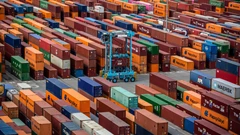EU Power Agency Defends Market Model Even With Runaway Prices
(Bloomberg) -- The European Union’s electricity market is broadly fit for purpose even as prices skyrocket in the wake of Russia’s invasion of Ukraine.
The bloc’s power market ensures “efficient and secure” supply under relatively normal conditions and is worth keeping, according to a report published on Friday by the Agency for the Cooperation of Energy Regulators. Still, some emergency measures could be considered to help the region deal with surging prices that have battered the region in recent months.
The EU is under pressure from several nations including Spain and France to reform its electricity market because record gas prices have also sent electricity rates soaring. Bills are rocketing for many millions of homes, stoking a cost of living crisis just as everything from food to petrol are also getting much more expensive.
“We have a massive opportunity to leverage our unique, integrated energy EU market model for the energy transition and for achieving greater energy independence,” said Christian Zinglersen, director at ACER. “It would be a shame and counter-productive if the current pressures were somehow to set this back.”
The market currently operates under a “pay as you clear” model, where prices are set in daily national auctions by the cost of the most expensive unit of energy needed to meet demand.
Spain Presses EU on Lower Gas Price Cap to Ease Power Crunch
ACER argues that the EU should stick with that model and avoid breaking the link between gas and electricity prices by moving toward an average price framework.
Last year, the region’s integrated market resulted in about 34 billion euros ($36 billion) of benefits and actually helped to smooth volatility. It also provides price signals that encourage the development of renewable sources, according to the study.
Instead of radically reforming the three-decades-old electricity market, member states would be better off putting in place measures that help address the “root cause” of spiraling costs of gas, according to ACER. Those could include energy efficiency efforts, fuel switching as well as seeking out new sources of supply from other countries.
Still, the report concedes that the current framework is “not designed for the ‘emergency’ situation that the EU currently finds itself in,” and offers some possible interventionist measures that the bloc and member states could consider during future price shocks.
A “temporary relief valve” -- similar to systems used in Texas and Australia -- would involve the market operating normally until prices reach a protracted high level that breaches a pre-defined threshold.
The report’s publication comes just a couple of weeks before the European Commission is expected to unveil its plan to wean itself off Russian gas, including proposals on boosting renewables, making it easier for clean energy companies to receive permits and recommendations for speeding up power purchase agreements.
More stories like this are available on bloomberg.com
©2022 Bloomberg L.P.
KEEPING THE ENERGY INDUSTRY CONNECTED
Subscribe to our newsletter and get the best of Energy Connects directly to your inbox each week.
By subscribing, you agree to the processing of your personal data by dmg events as described in the Privacy Policy.
More renewables news

GB Energy Faces New Doubts as UK Declines to Affirm Future Funds
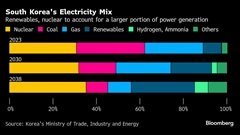
Korea Cancels Planned Reactor After Impeaching Pro-Nuke Leader
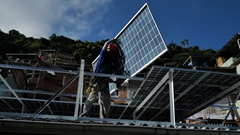
Brazil’s Net-Zero Transition Will Cost $6 Trillion by 2050, BNEF Says

SolarEdge Climbs 40% as Revenue Beat Prompts Short Covering
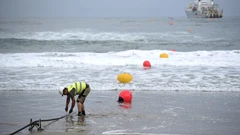
EU to Set Aside Funds to Protect Undersea Cables from Sabotage
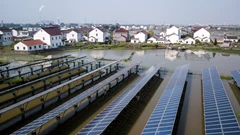
China Revamps Power Market Rules In Challenge to Renewables Boom

KKR increases stake in Enilive with additional €587.5 million investment

TotalEnergies and Air Liquide partner to develop green hydrogen projects in the Netherlands
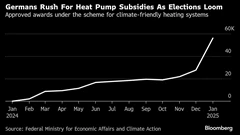
Germany Set to Scale Down Climate Ambitions
